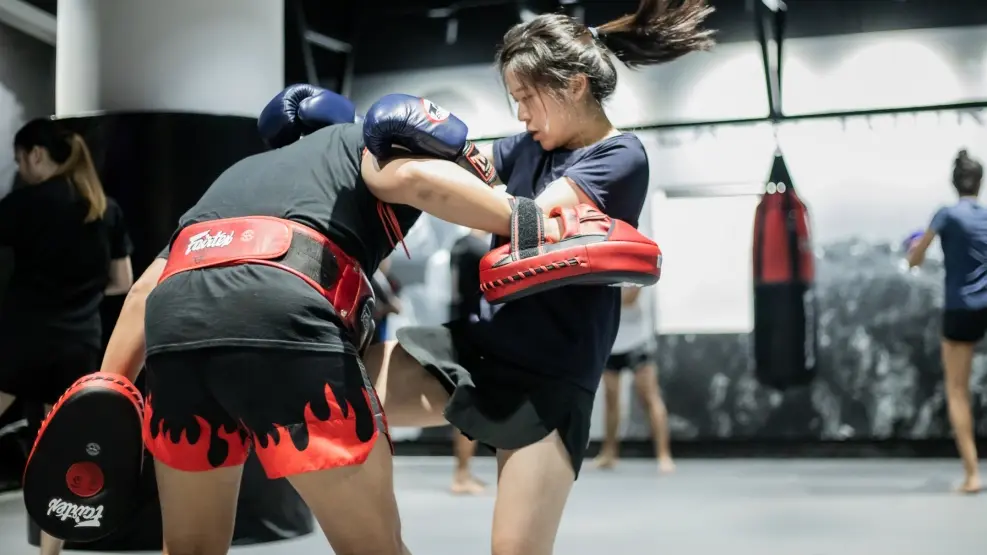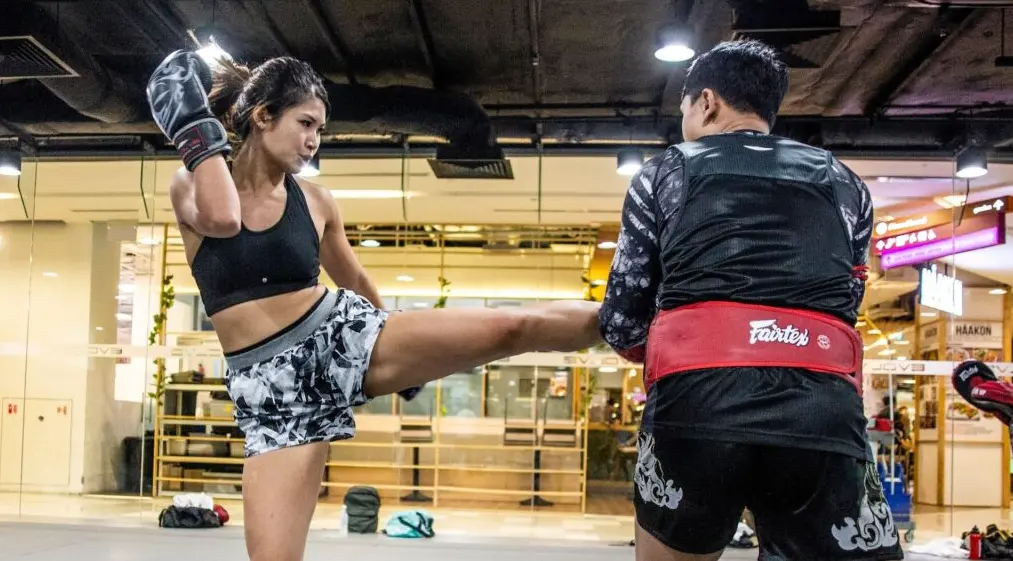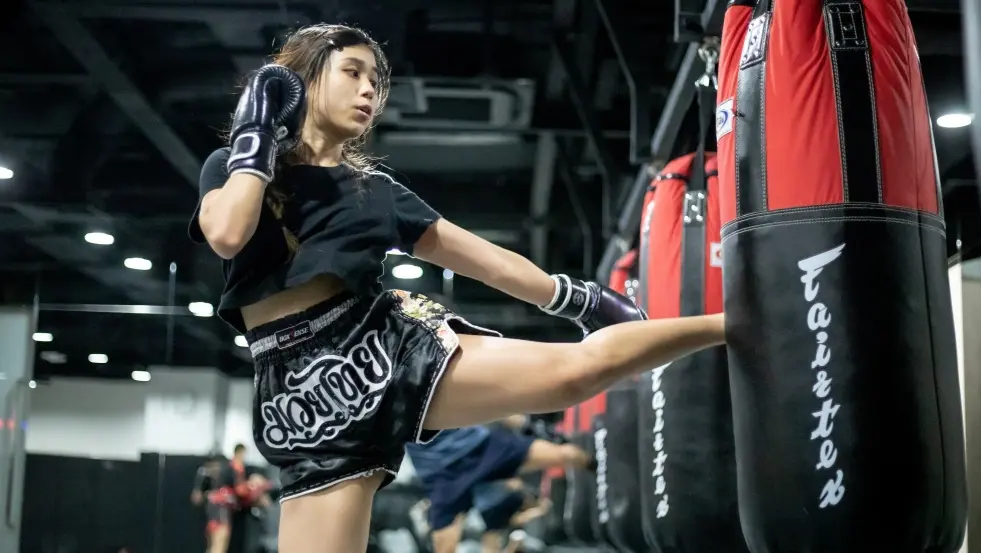Muay Thai, also known as Thai Boxing, is a martial art and combat sport originating from Thailand. Known as “The Art of Eight Limbs,” Muay Thai utilizes punches, kicks, elbows, and knee strikes, making it a highly effective and versatile fighting system. Rooted in centuries-old traditions, Muay Thai has evolved into a popular sport worldwide, renowned for its physical and mental discipline.
History of Muay Thai
In the 16th century, King Naresuan’s reign saw Muay Thai become an integral part of military training. By the 18th century, during King Prachao Sua’s era, also known as the “Tiger King,” Muay Thai gained significant popularity among the general populace and became a form of entertainment. Fighters would compete in festivals, showcasing their skills in brutal yet disciplined bouts.
Techniques and Training
 Muay Thai is unique due to its emphasis on using all parts of the body for striking. The primary techniques include:
Muay Thai is unique due to its emphasis on using all parts of the body for striking. The primary techniques include:
- Punches (Chok): Basic boxing punches such as jabs, crosses, hooks, and uppercuts are employed, often combined with elbow strikes for added impact.
- Elbow Strikes (Sok): Elbow strikes are delivered from various angles and directions, capable of causing significant damage due to their sharp and precise nature.
- Kicks (Te): Muay Thai practitioners use powerful kicks, including the roundhouse kick, push kick (teep), and low kicks targeting the opponent’s legs.
- Knee Strikes (Kao): Knees are used in close combat, with techniques such as the straight knee, flying knee, and diagonal knee strikes.
- Clinching (Chap Kho): Muay Thai incorporates clinching techniques, where fighters engage in a close-range battle, using knees, elbows, and sweeps to gain the upper hand.
Training in Muay Thai is rigorous, focusing on building strength, endurance, and technique. Practitioners undergo intense conditioning, including running, skipping, bag work, pad work, and sparring sessions. The training also emphasizes mental toughness and discipline, integral to a fighter’s success.
Modern Muay Thai
In the 20th century, Muay Thai underwent significant changes, transitioning from a traditional martial art to a regulated sport. The introduction of weight classes, rounds, and protective gear helped standardize the sport, making it safer and more accessible to a global audience.
Muay Thai gained international recognition, attracting fighters and enthusiasts from around the world. Thailand remains the epicenter of Muay Thai, with numerous training camps and stadiums dedicated to the sport. Prominent stadiums like Lumpinee and Rajadamnern in Bangkok host high-profile fights, drawing large crowds and showcasing top-tier talent.
Cultural Significance
Muay Thai is deeply ingrained in Thai culture and traditions. The sport is often accompanied by rituals and ceremonies, reflecting its spiritual significance. Before a fight, fighters perform the Wai Kru Ram Muay, a ceremonial dance paying homage to their trainers, ancestors, and the sport itself. This ritual not only serves as a warm-up but also as a means of showing respect and gratitude.
The sport’s cultural impact extends beyond the ring, influencing art, music, and literature in Thailand.
Health Benefits of Muay Thai
 Practicing Muay Thai offers numerous health benefits, both physically and mentally. Some of the key advantages include:
Practicing Muay Thai offers numerous health benefits, both physically and mentally. Some of the key advantages include:
- Cardiovascular Fitness: The high-intensity training improves cardiovascular endurance, promoting heart health and stamina.
- Strength and Conditioning: Muay Thai workouts build muscle strength, enhance flexibility, and improve overall body conditioning.
- Weight Loss: The intense nature of Muay Thai training aids in burning calories, making it an effective means of weight management.
- Mental Toughness: The discipline and focus required in Muay Thai training enhance mental resilience, confidence, and stress relief.
- Self-Defense: The practical techniques taught in Muay Thai provide effective self-defense skills, increasing personal safety.
Muay Thai in Popular Culture
Muay Thai’s popularity has transcended beyond the sport itself, making its way into popular culture. Films like “Ong-Bak” starring Tony Jaa have brought international attention to Muay Thai, highlighting its brutal yet graceful techniques.
Conclusion
Muay Thai, with its rich history, cultural significance, and rigorous training, stands as a testament to the art of combat and discipline. Its global popularity continues to grow, attracting practitioners and fans alike. Whether as a sport, a means of self-defense, or a cultural practice, Muay Thai remains an enduring and respected martial art, embodying the spirit of the “Art of Eight Limbs.”
For More Self Defense Guides, And Tips Please Visit Our Homepage.
